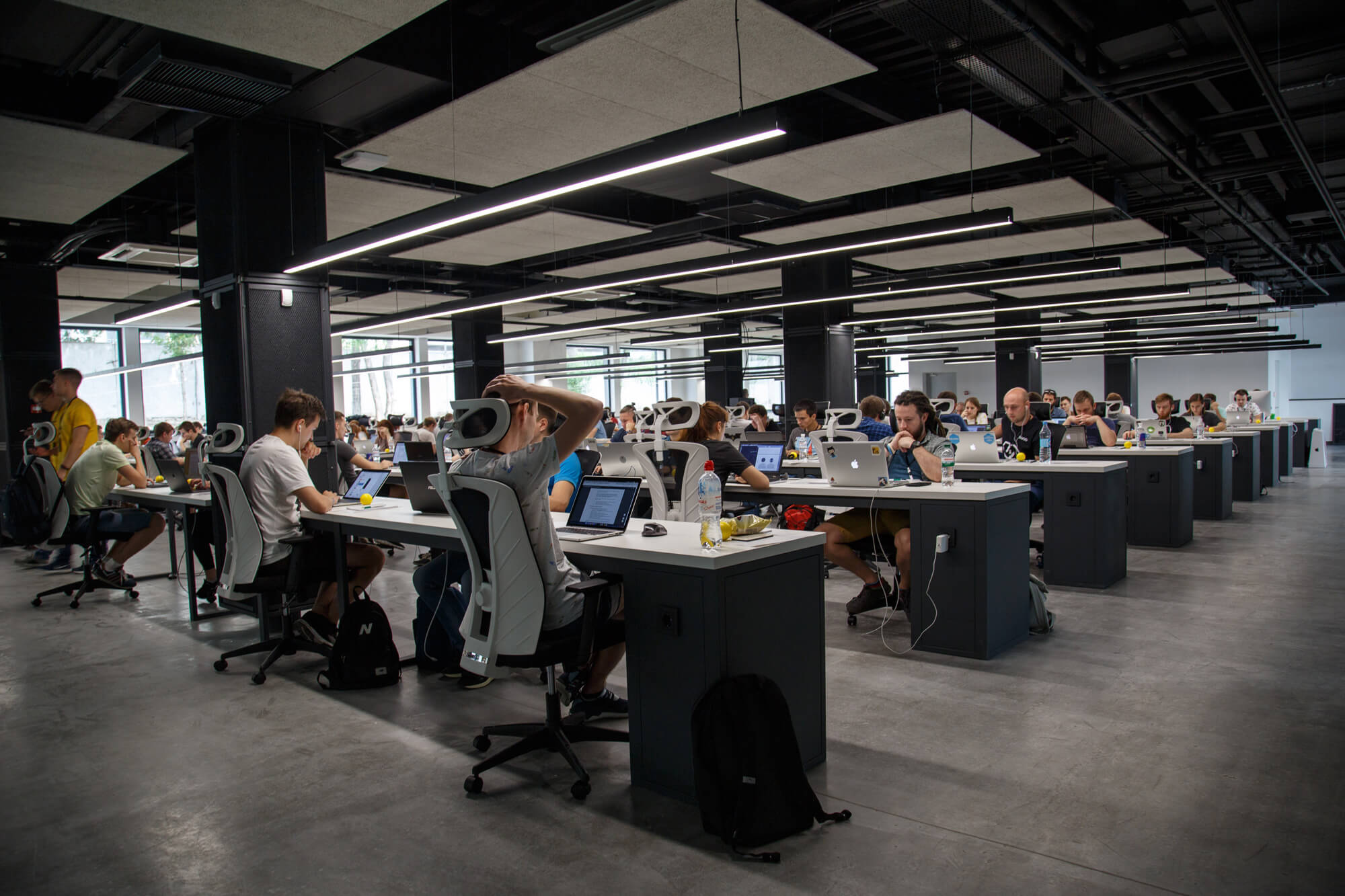In context: In the business world, technology products and solutions have played an important role in some companies for several decades. In today’s era, however, it’s safe to say that technology plays a critical part in almost every company, regardless of its size.

From key infrastructure systems that serve as the backbone of modern commerce to the enormous range of smart devices through which many of us perform our labors, technology’s role has been very impactful.
As a result of their evolution, commercial technology products provide everything from older “legacy” solutions (several of which still play surprisingly important roles in many organizations), to new platforms and solutions that are digitally transforming businesses of all types.
Of course, along with the growing influence and importance of technology in business has come a nearly crushing reliance on it. Obviously, it’s easy to see some major concerns that can stem from this near addiction, but the commercial dependence on technology has also led to an explosion of new ideas, new technologies, new companies, and new products all designed to ensure better, faster, easier, and more reliable access to the tools we need to get our jobs done.
"The commercial dependence on technology has also led to an explosion of new ideas, new technologies, new companies, and new products all designed to ensure better, faster, easier, and more reliable access to the tools we need to get our jobs done."
Everything from cloud computing capabilities offered by companies such as Amazon, Microsoft, Google, IBM, SAP, Oracle, and others to ruggedized computing devices like Panasonic’s Toughbooks and Dell’s rugged PCs, there’s an amazing range of products and services designed to ensure that we can do computing however, whenever, and wherever we need to. In fact, there’s even a surprisingly diverse set of “services made up of services” offerings from managed service providers like Rackspace or system integrators like Atos or DXC to help companies that don’t have the expertise or don’t want to deal with the hassle of setting up things like hybrid cloud environments or building the custom applications necessary to keep their organizations competitive.
Part of the challenge for many organizations is figuring out how to deal with the enormous range of devices, platforms, applications, and services that companies of all sizes are now faced with. Gone are the days of limited choices, as device and platform heterogeneity now rule the day in most organizations. This creates challenges not only to manage and maintain the diverse set of devices that people now use for work, but also to provide a consistent set of applications and services that allow people to work together within a company, with partners, or with other related organizations.
The challenge is not just about the devices. The range of different infrastructure types has also grown dramatically. Internal corporate data centers are still an important part of many organizations, but numerous flavors of cloud computing, co-location services, and other interesting alternatives have created an equally varied set of centralized computing resources.
To bridge these worlds, companies are starting to look for solutions that can deliver a consistent set of data and applications to a wide variety of different devices from an equally wide set of infrastructure options. Companies like Citrix and VMWare are tackling this by offering “workspace” services that tie together a suite of applications—regardless of whether they’re simple Windows applications, cloud-based SaaS (Software as a Service) apps, HTML5-driven browser-based apps, or even Android or iOS platform-specific solutions.
These new integrated offerings allow organizations to deploy these environments across a wide range of devices and infrastructure architectures. Essentially, it’s the homogenization of very heterogenous environments. While that may not sound like much, it’s both incredibly difficult to do and incredibly valuable to leverage in the diverse IT environments that even today’s small and medium businesses find themselves in.
The newly released Citrix Workspace, in particular, offers a unified way to deliver applications and data to all employees in an organization, regardless of the unique device and platform combinations they happen to use, as well as the infrastructure environments they have in place. In practical terms, that means those who use everything from Windows PCs, Macbooks, Chromebooks, Android and iOS-based devices can get access to the applications and data they need to get their jobs done. Long-time Citrix users may recognize this as an advancement in the original Citrix Receiver offering, but there are significant security enhancements in Workspace, particularly around the integrated browser for SaaS and browser-based apps, that make it a more practical solution for today’s security-challenged environments.
"Finally, we are at the point that both legacy systems and modern systems are starting to come together in a way that lets employees get access to whatever applications and data they need to get their jobs done on whatever environment(s) their company has chosen to deploy."
The idea of bringing any application and any data to any device has been a dream of IT departments and other technology-focused individuals in businesses around the world for some time. The problem is, actually reaching that dream has been significantly harder and has taken significantly longer than most people (and companies) expected. Finally, however, we are at the point that both legacy systems and modern systems are starting to come together in a way that lets employees get access to whatever applications and data they need to get their jobs done on whatever environment(s) their company has chosen to deploy. It’s been a long time coming, but the practical, real-world benefits of a fully integrated computing environment should finally start to be felt very soon.
Bob O’Donnell is the founder and chief analyst of TECHnalysis Research, LLC a technology consulting and market research firm. You can follow him on Twitter @bobodtech. This article was originally published on Tech.pinions.
Image credit: Alex Kotliarskyi via Unsplash
https://www.techspot.com/news/75961-opinion-shifting-nature-technology-work.html